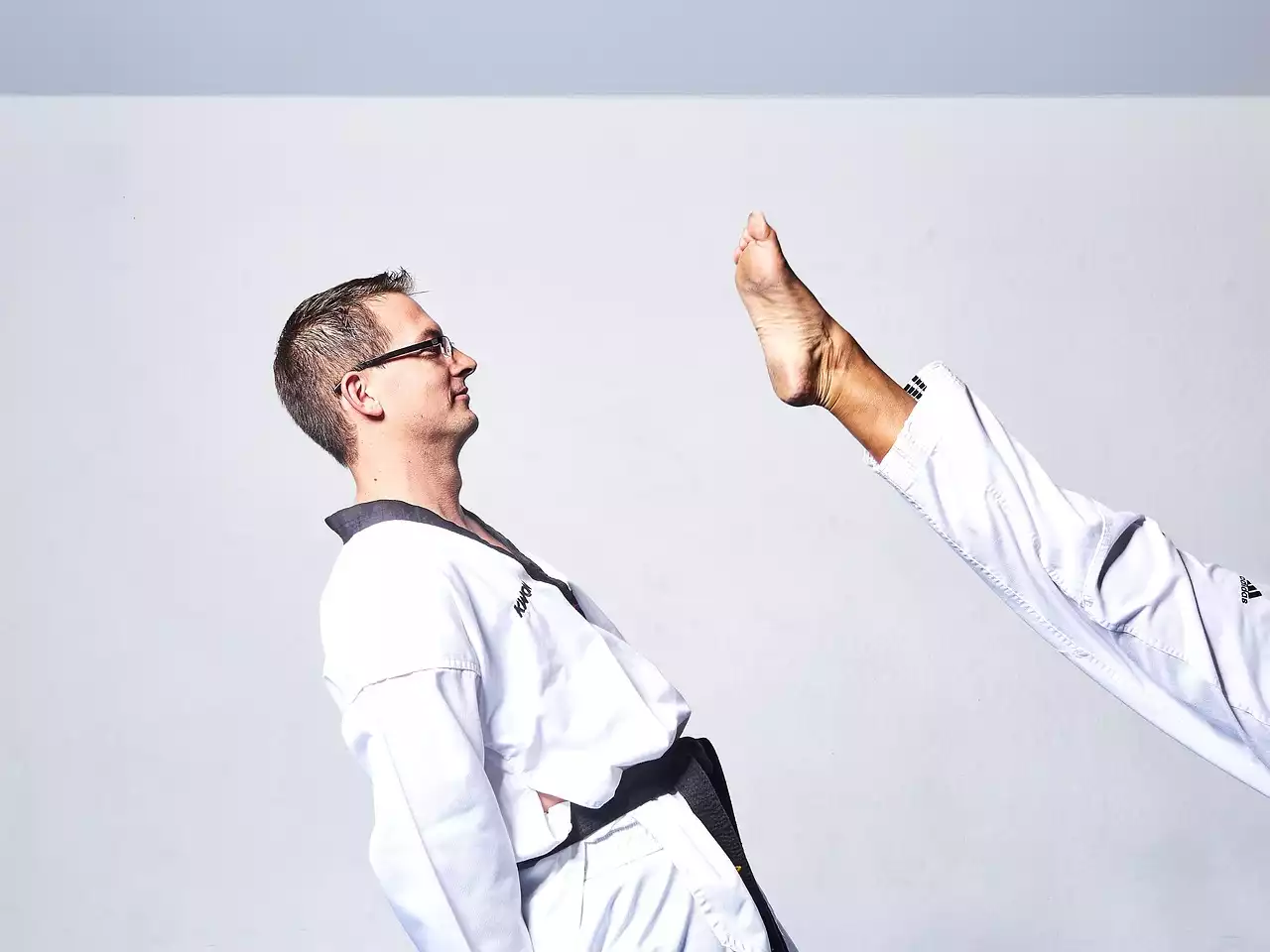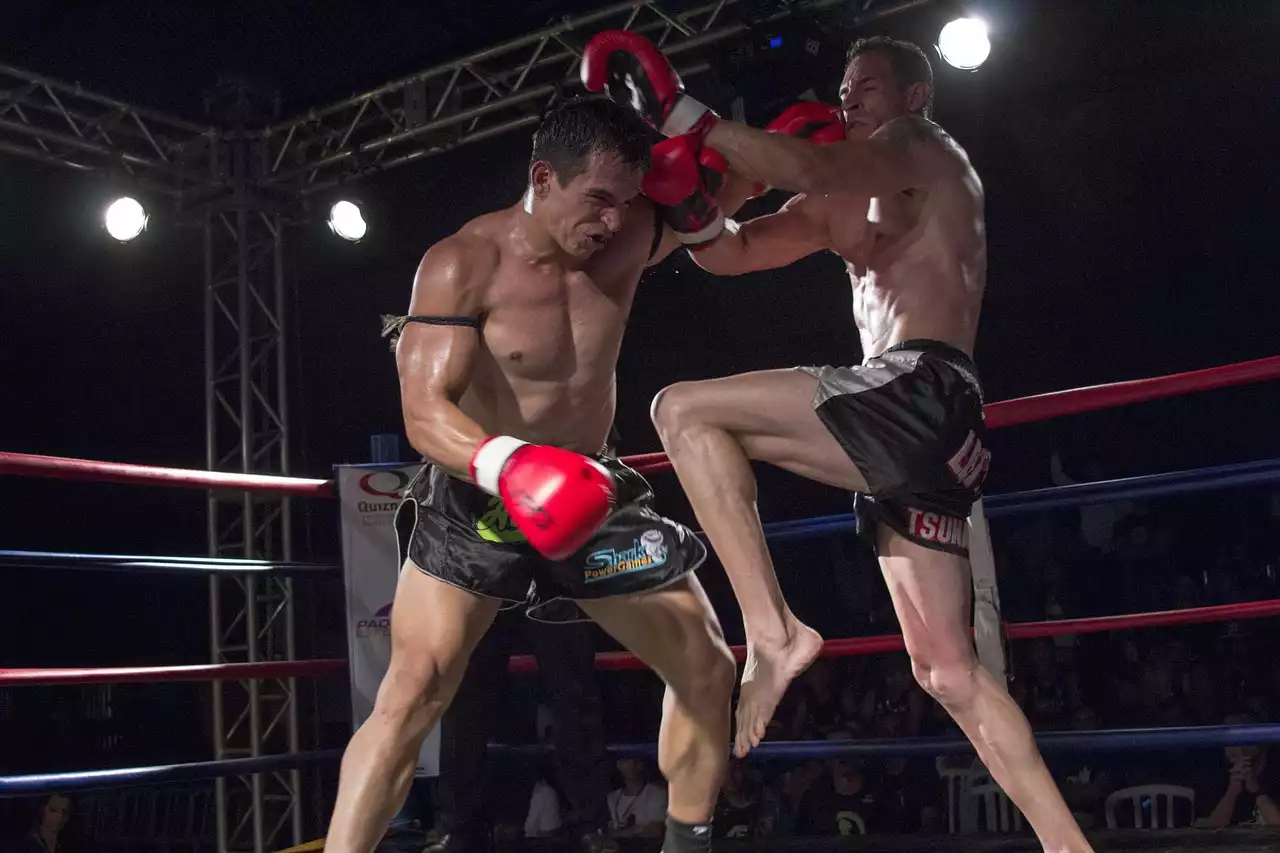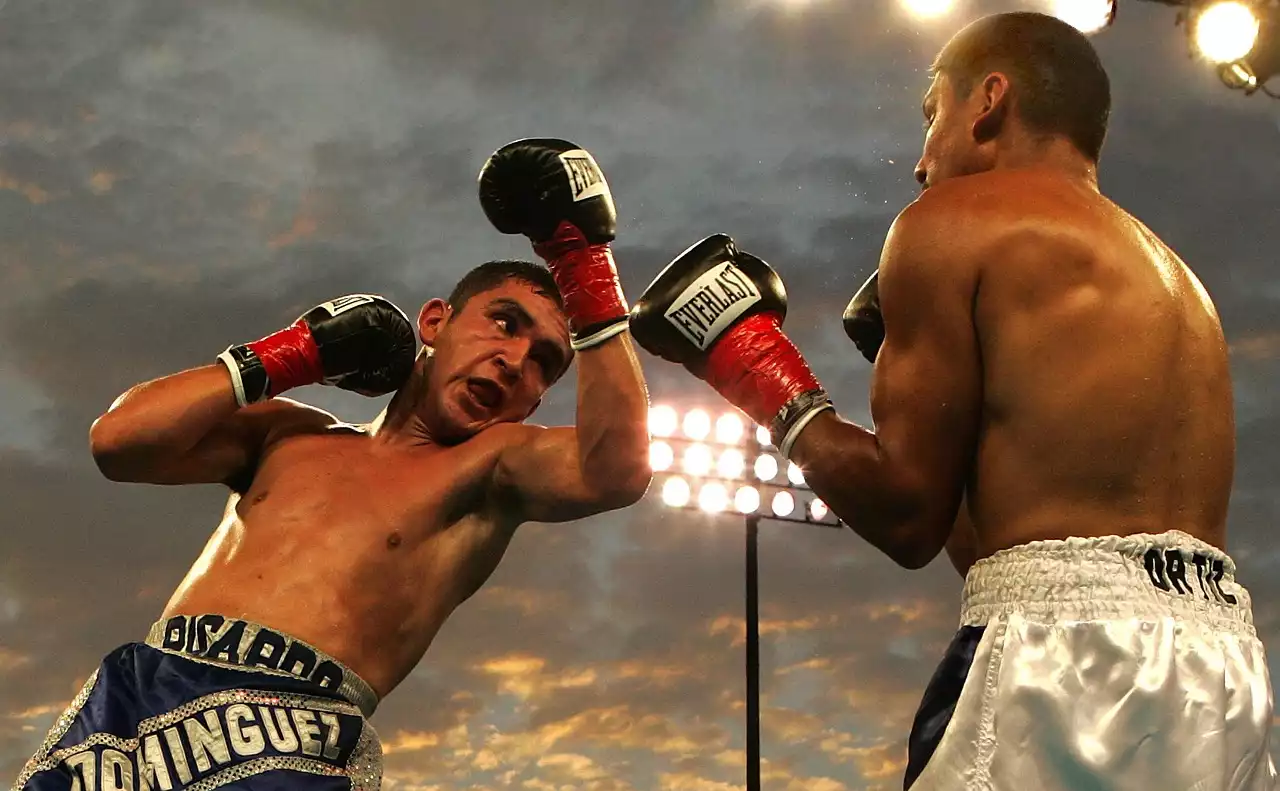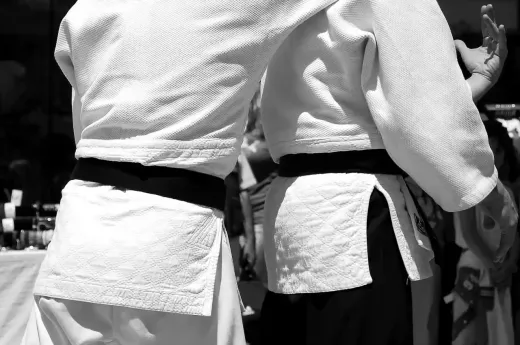What is Taekwondo?
Taekwondo is a Korean martial art that was developed in the 1940s and 1950s. It is known for its fast and powerful kicks, but also incorporates hand strikes, blocks, and other forms of combat. Taekwondo is not just a sport, but also a way of life. It emphasizes the importance of discipline, respect, and self-control. Practitioners of taekwondo strive to achieve a balance between the physical and mental aspects of the art.
The Significance of High Kicks in Taekwondo
High kicks are one of the defining features of taekwondo. They require a great deal of skill, strength, and flexibility, making them a physical feat that requires a lot of training and practice. But high kicks are not just about physical ability, they also require mental discipline and focus. The ability to perform high kicks is a demonstration of a practitioner's mastery of the art.
In taekwondo, high kicks are used for both offensive and defensive purposes. They can be used to strike an opponent, as well as to block or deflect their attacks. High kicks are also used to create distance between the practitioner and their opponent, giving them time to assess the situation and plan their next move.
The Basics of Taekwondo Kicking Techniques
To perform high kicks in taekwondo, a practitioner must first master the basic kicking techniques. These include the front kick, roundhouse kick, side kick, and back kick. Each of these kicks has its own unique mechanics and requires a different level of flexibility and strength.
The front kick is one of the most basic kicks in taekwondo. It involves lifting the knee and extending the foot forward to strike an opponent. The roundhouse kick is another common taekwondo kick. It involves rotating the hip and kicking with the ball of the foot. The side kick is a powerful kick that involves striking an opponent with the heel of the foot. The back kick is a defensive kick that involves kicking backward while keeping the body facing forward.
Kicking Drills and Exercises for Improving High Kicks
To improve their high kicks, taekwondo practitioners engage in a variety of kicking drills and exercises. These drills are designed to increase flexibility, strength, and balance. They also help practitioners master the mechanics of each kick.
One common kicking drill is the target kick. This involves kicking a target, such as a punching bag or focus mitt, with a specific kick. Practitioners can also use resistance bands or weights to increase the difficulty of the drill.
Stretching exercises are also important for improving high kicks. Practitioners may engage in static stretching, dynamic stretching, or proprioceptive neuromuscular facilitation (PNF) stretching to increase flexibility.
The Benefits of High Kicks in Taekwondo
High kicks offer a number of physical and mental benefits for taekwondo practitioners. Physically, high kicks require a great deal of strength, balance, and flexibility. Practicing high kicks can help improve these physical attributes, as well as increase endurance and cardiovascular fitness.
Mentally, high kicks require a great deal of focus and discipline. Practicing high kicks can help improve mental discipline and focus, as well as increase confidence and self-esteem. High kicks can also be a stress-relieving activity, allowing practitioners to release tension and anxiety.
The Role of High Kicks in Taekwondo Competition
High kicks play a significant role in taekwondo competition. In sparring, practitioners earn points for strikes to their opponent's head and body. High kicks are often used to strike an opponent's head, making them a valuable technique in competition.
In poomsae, or forms, high kicks are used to demonstrate a practitioner's skill and mastery of the art. Practitioners perform a series of movements, including high kicks, in a choreographed routine.
The Evolution of Taekwondo Kicking Techniques
Taekwondo kicking techniques have evolved over time. Early practitioners of taekwondo focused primarily on hand strikes, as high kicks were considered too impractical for combat. However, as taekwondo evolved into a sport, high kicks became more prominent.
Today, taekwondo practitioners use a wide variety of high kicks, including jumping kicks, spinning kicks, and flying kicks. These kicks require a great deal of skill and athleticism, and are often used in competition to impress judges and earn points.
The Different Types of High Kicks in Taekwondo
There are many different types of high kicks in taekwondo. Some of the most common include the flying side kick, the spinning hook kick, and the jumping front kick. Each of these kicks requires a different level of skill and athleticism, and can be used for different purposes.
The flying side kick involves jumping and kicking with the side of the foot. The spinning hook kick involves spinning and kicking with the heel of the foot. The jumping front kick involves jumping and kicking with the ball of the foot.
Famous Taekwondo Practitioners Known for Their High Kicks
There have been many famous taekwondo practitioners known for their high kicks. One of the most famous is Hwang Jang Lee, a Hong Kong actor and martial artist known for his acrobatic and high-flying kicks. Another famous taekwondo practitioner is Choi Hong Hi, the founder of taekwondo, who was known for his powerful and precise kicks.
Other famous taekwondo practitioners include Jackie Chan, Tony Jaa, and Jet Li, all of whom have incorporated taekwondo kicks into their movie fight scenes.
Practicing high kicks can offer a number of physical and mental benefits, including increased flexibility, strength, and balance, as well as improved mental discipline, focus, and confidence. High kicks also play a significant role in taekwondo competition, where they are used to earn points and demonstrate a practitioner's skill and mastery of the art.
Whether you're a beginner or a seasoned veteran, the power of taekwondo is undeniable. By mastering the art of high kicks, you can unleash your inner warrior and discover the true power of taekwondo.










